"Carrier Chair"
Rare sedan chair said palanquin in bamboo and wood richly carved with characters and dragons, 19th century China. A "palanquin" (轎) is a kind of chair, or litter, carried by men or by animals and which important people use, in much of Asia, to be transported from a place. to another. Present in India and China for some two thousand years, the palanquin is also found in Japan and Korea. Unlike the European sedan chair, the palanquin is sometimes carried by a large number of porters, thus marking the status of its occupant. A variety of palanquin can sometimes be installed on the backs of animals such as dromedaries or elephants. We then speak of "howdah". The word palanquin comes from Tamil "pallakku" and "Telugu pallaki", which designates a layer in which to sleep. The use of palanquins is mentioned in texts as old as the “Rāmāyana”, which dates from 250 BC. The palanquins also exist in China, from the “Han dynasty” (漢朝), two thousand years ago. In the 17th and 18th centuries, they experienced a craze on the part of European traders in Bengal, to the point that it was necessary to prohibit their purchase by poorly classified employees. The palanquin was also in common use in Mauritius and Reunion before the abolition of slavery in 1848. Étienne Claude Chevreau, intendant of the Ile de France between 1781 and 1785, owned a large palanquin which was to be carried by 16 slaves. Sometimes called "manchy", it was used in particular to transport people of good family in the Hauts, towards the spas of Mafate or Cilaos, for example. In the Far East, the use of palanquins began to decline after the introduction of rickshaws in the 1930s. In the Han dynasty, the elite traveled in lightweight bamboo seats, strapped to the back of a porter. like a backpack. Under the “Northern Wei dynasty” (北魏) then the “Song dynasty” (宋朝), wooden seats suspended from poles appear, which can be seen on the rolls of landscape paintings. Such wood or bamboo bedding, used among common people by women or the elderly, was called "MinJiao" (民 轎 / "popular sedan chair"). Mandarins, on the other hand, used a "GuanJiao" (官轎 / "mandarin sedan chair"), closed with silk curtains, "Jiao" (轎) being the general term for a sedan chair. Perhaps the most prominent sedan chair was the wedding chair: the bride was traditionally carried to her wedding ceremony by means of a "shoulder carry" (肩 輿 / "JianYu), usually rented. These were lacquered in red, the appropriate color, richly decorated and gilded, and were fitted with red silk curtains, intended to protect the young bride from the sight of passers-by. Owning your own palanquin was an important attribute of social status. The status of the high personages was denoted by the number of porters who carried his palanquin. This number could go in certain cases up to 40, even 64 carriers. In "Hong Kong" (香港) sedan chairs were, in the 19th century, at one time, the only means of public transport, playing the role played today by taxis. Sedan chair stations were found at every hotel, on the platforms, and at major intersections. Public sedan chairs were licensed, with pricing posted inside. Before the “Peak Tram” (山頂 纜車), the Hong Kong funicular, came into service in 1888, the wealthy residents of “Victoria Peak” were carried by “coolies” in sedan chairs to climb the slope. steep to their residence. Since 1975, an annual sedan chair race has been held in Hong Kong for the benefit of "Matilda Hospital" to commemorate ancient times. 



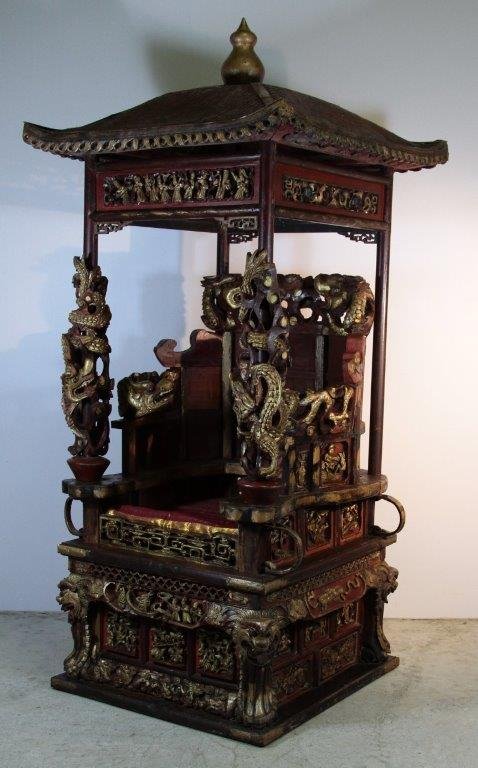
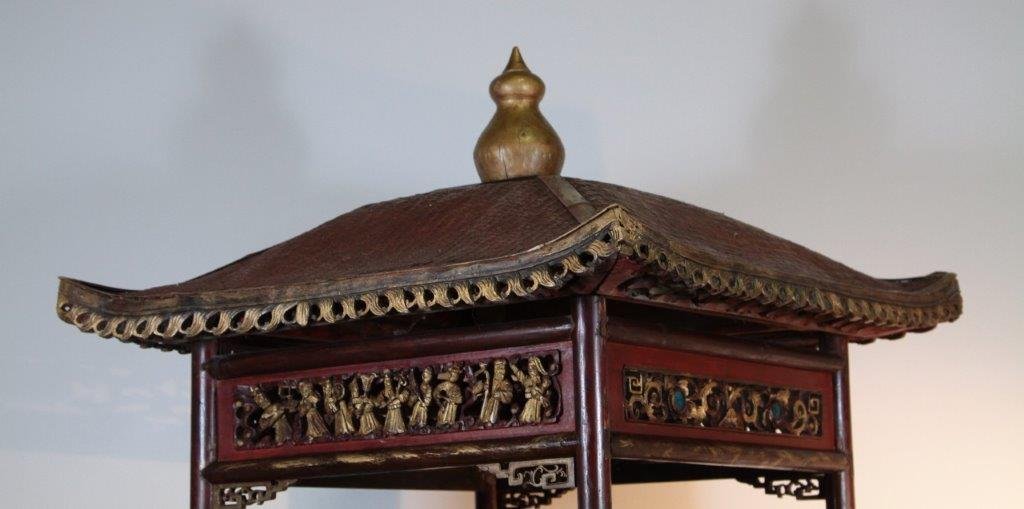
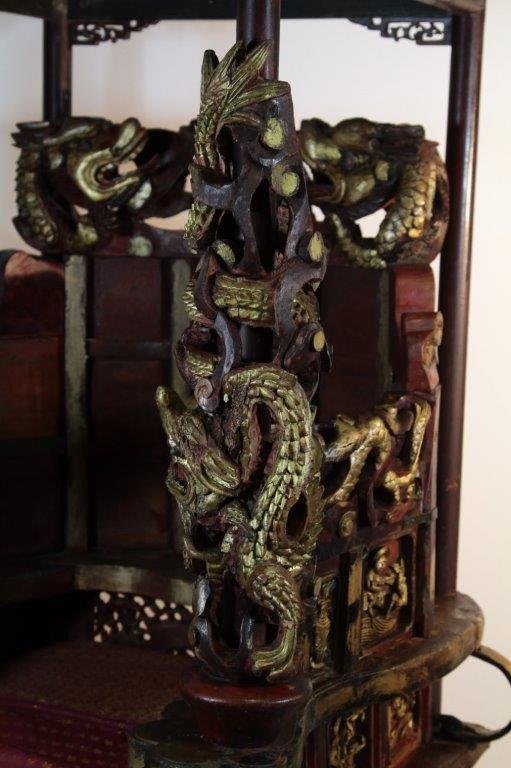

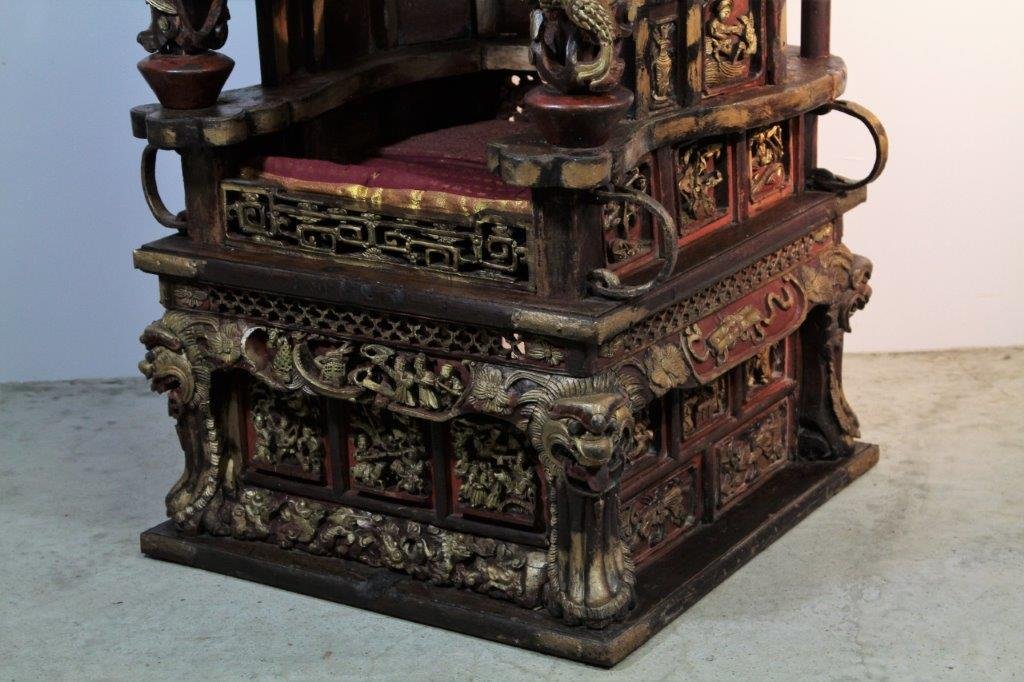


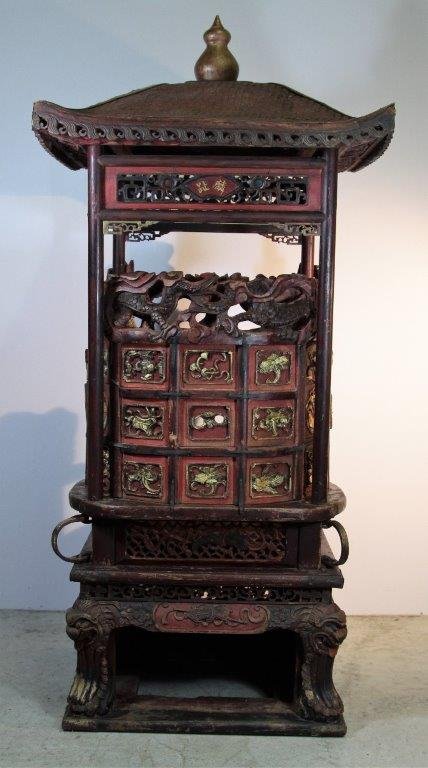
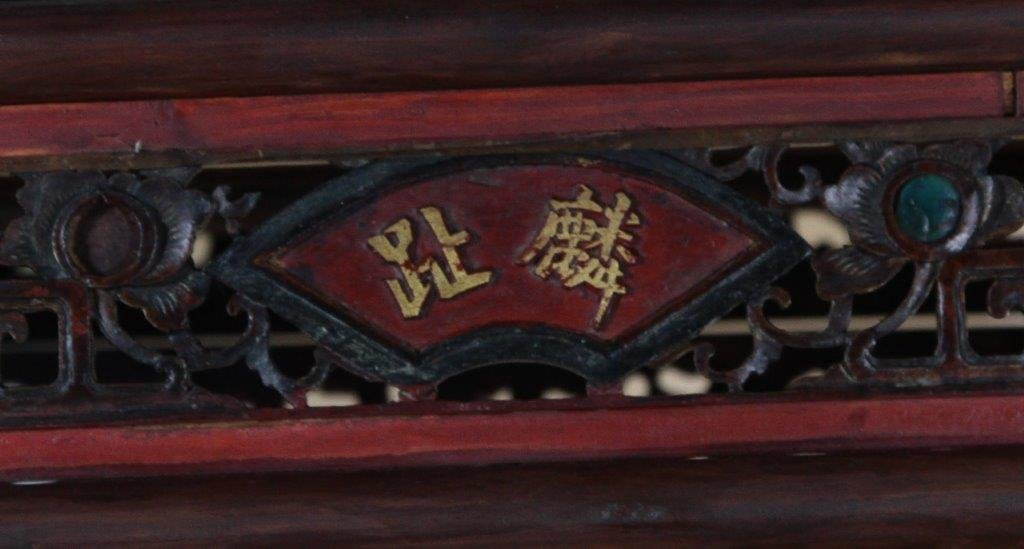


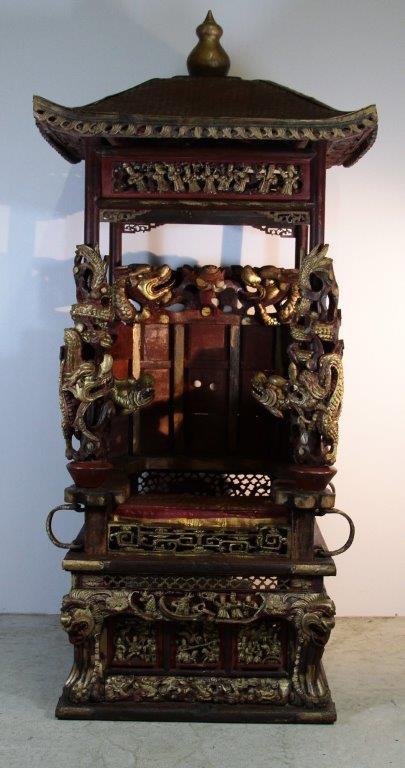



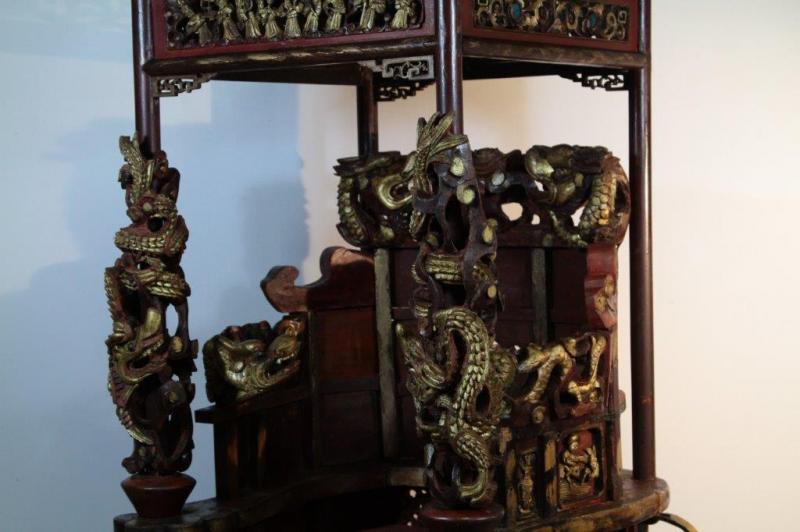


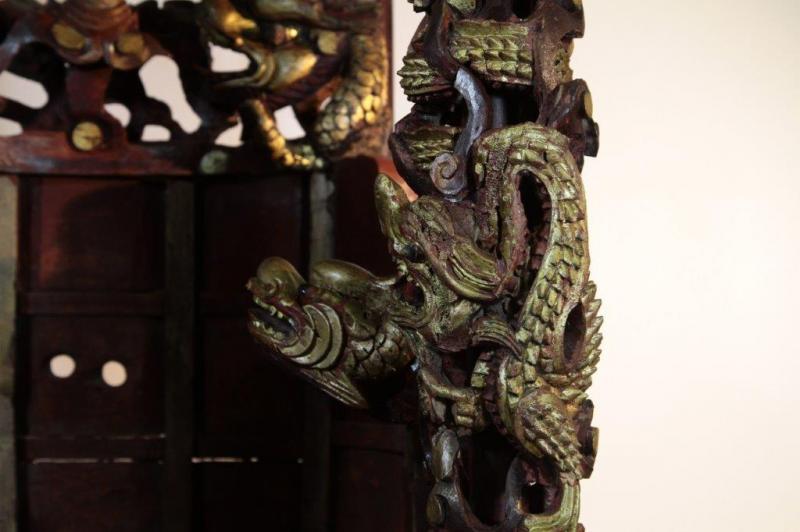




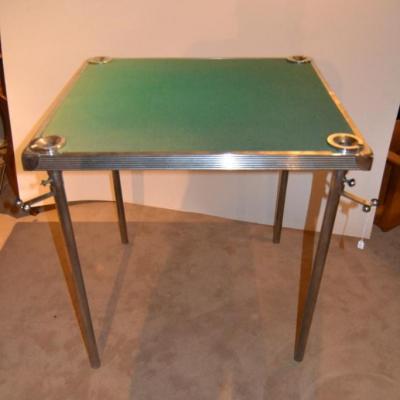

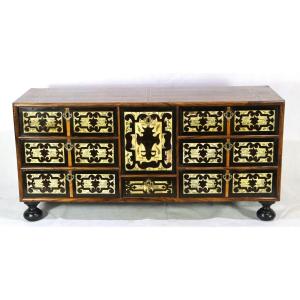
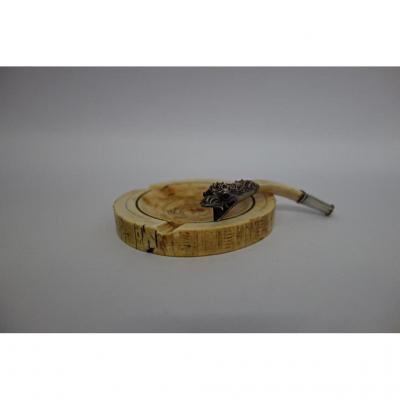

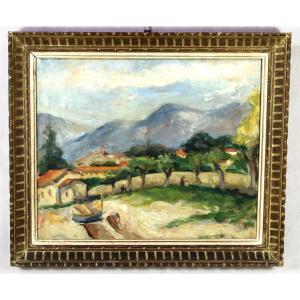
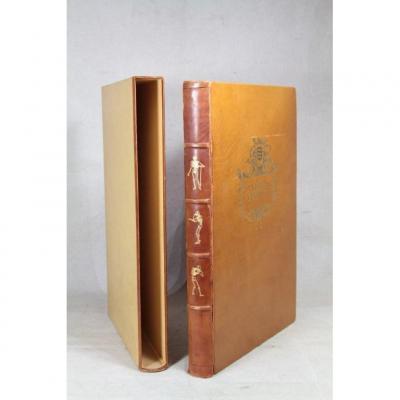

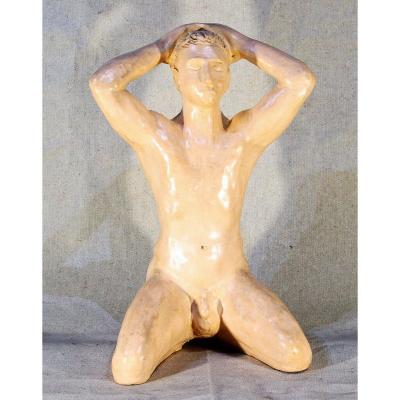

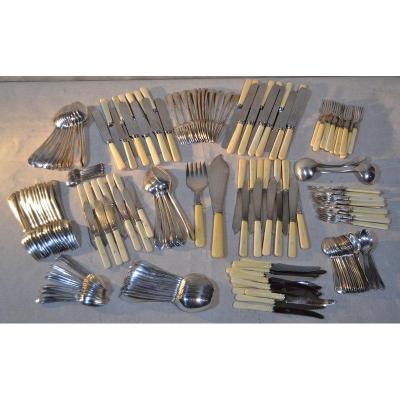
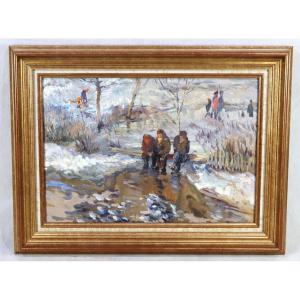
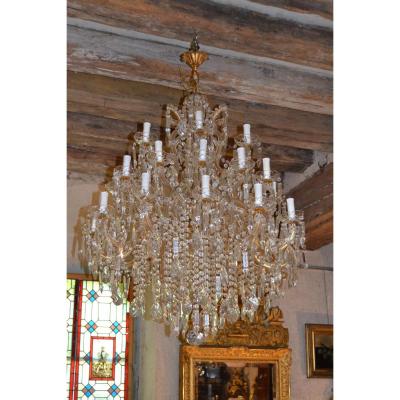
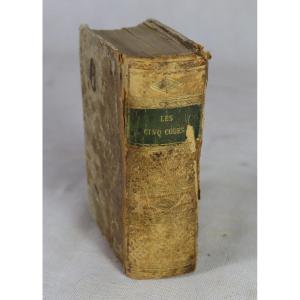


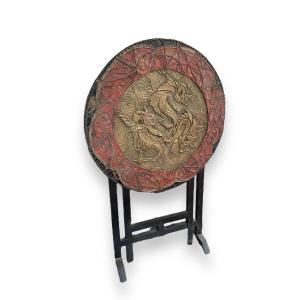


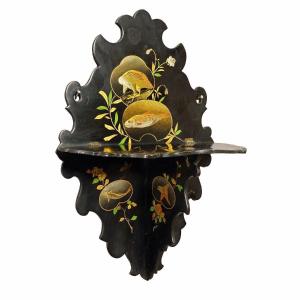




 Le Magazine
Le Magazine Rivista Artiquariato
Rivista Artiquariato TRÉSORS magazine
TRÉSORS magazine